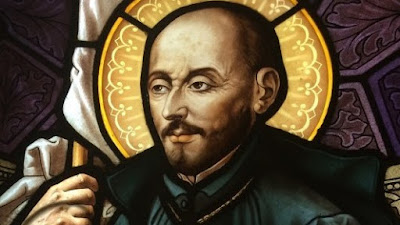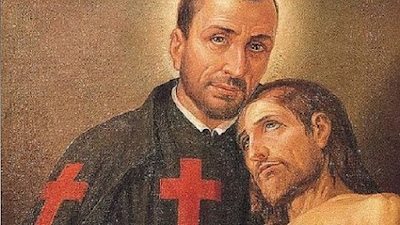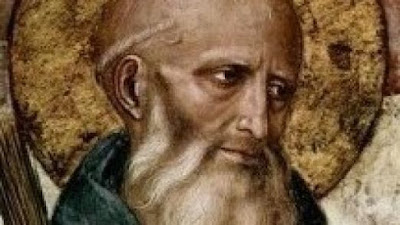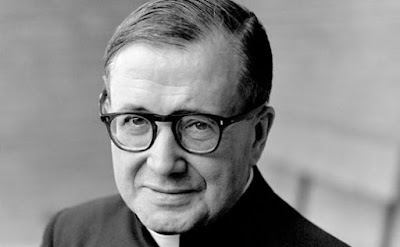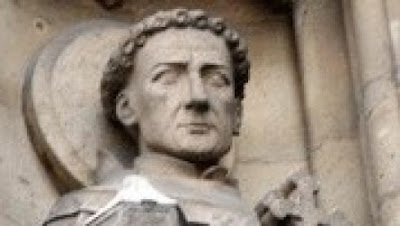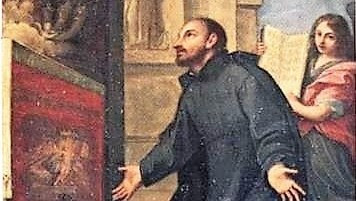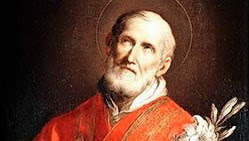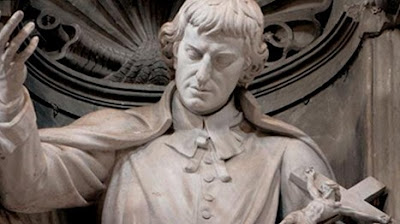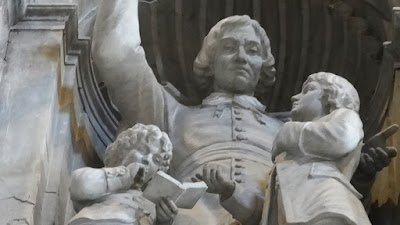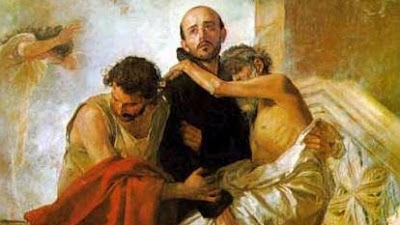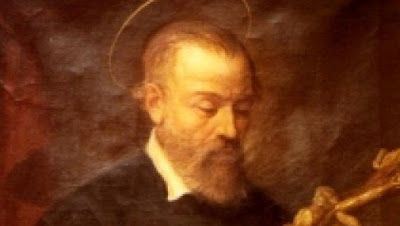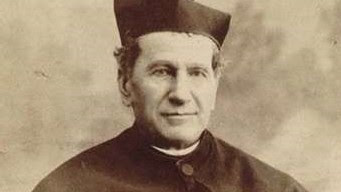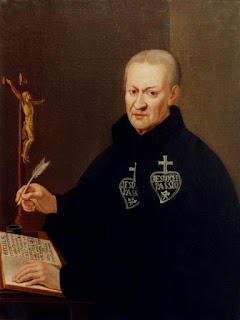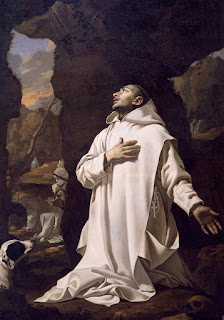St. Alphonsus Liguori, Patron of Theologians

Memorial - August 1st Alphonsus Liguori earned a doctorate in both civil and canon law by the age of sixteen. This future Doctor of the Church was not, however, destined to remain in the secular legal profession. After the humiliating loss of a court case in his mid-twenties, he gave up law and dedicated his life to serving God and His Church. Alphonsus was born in Naples, Italy, in 1696 to a noble and pious family. Against the wishes of his father, who had encouraged his legal career, Alphonsus was ordained a priest in 1726 and soon became known as a particularly articulate preacher. His gentleness, especially in the confessional, was controversial in the eyes of some. At this time, the Catholic Church was struggling with the heresy of Jansenism. This teaching, which was actually a form of Calvinism, was strongly condemned by the Pope in 1713, but vestiges of its austerity and scrupulosity were still being felt in the actions of various religious orders and also confessors.
